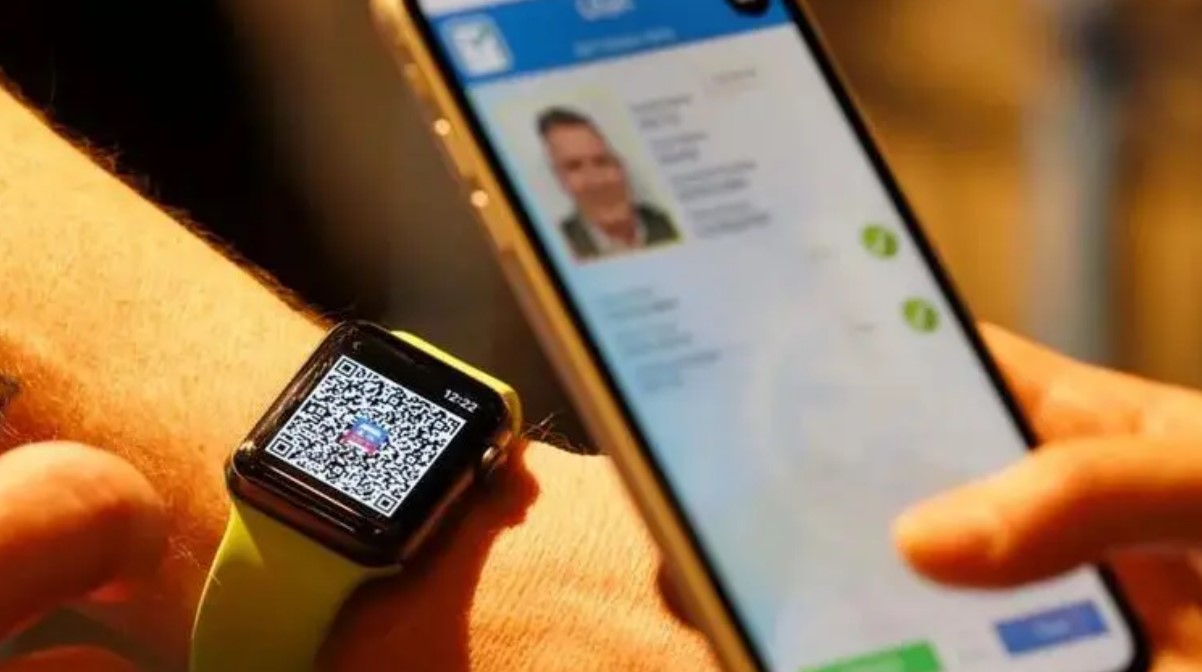by Derrick Broze, Activist Post:

As so-called digital or mobile driver’s licenses begin rolling out across North America, we must ask who is behind the expansion of this potentially dangerous technology.
In my previous reporting I have outlined how the push for digital identity programs is a scam disguised as a human right. This scam is designed to lull the world into accepting digital identity schemes as beneficial, convenient, safe, and necessary for the world of the future.
The United Nations and the World Economic Forum are promoting the use of digital identities using blockchain technology and biometric data gained by scanning the faces or retinas of individuals. The World Bank and the UN have also been funding the development of such programs as part of the Identification for Development (ID4D) initiative.
TRUTH LIVES on at https://sgtreport.tv/
The World Bank is also funding digital biometric ID programs in Mexico, pushing digital ID in poorer countries with the ostensible goal of providing legal identity to the 1.1 billion people who do not currently have one. The goal is to get the world on digital IDs by 2030 as part of the United Nations Sustainable Development Goals and the 2030 Agenda.
The Sustainable Development Goals (SDGs) are a collection of 17 interlinked objectives adopted by the United Nations in 2015 with the ostensible goal of ending poverty, protecting the planet, and spreading peace and prosperity to all people by 2030. However, privacy advocates and digital rights groups have warned about the dangers of digital ID programs.
Indeed, during the COVID-19 panic many nations implemented “vaccine passports” as a means for travel and work. These programs were essentially the equivalent of a digital ID. Despite the panic having subsided, in June the European Commission and the World Health Organization announced a “digital health” partnership to establish a new Digital Vaccine Passport system for the world. Clearly, digital ID schemes are not going anywhere.
The Era of Digital Driver’s Licenses Is Upon Us
One of the latest efforts to normalize the use of digital IDs is known as mobile driver’s license (mDL), or simply digital drivers licenses. These digital IDs are beginning to roll out across North America in 3 common forms, including proprietary apps owned by a local, state, or national government; various state-approved apps like SmartID; and the Apple Wallet, which 4 U.S. states are currently using to host their digital driver’s license.
According to a guide to digital driver’s licenses, users will open the chosen app, scan the front and back of their physical driver’s license, and then verify their identity with a selfie (or similar biometric data) — something very similar to what appears to already be starting on Twitter. Once verified the user can began using their digital ID app as they would a physical ID card.

X is seemingly working on adding government ID verification with Israeli digital ID company AU10TIX. To verify by ID, users will have to upload a selfie and a photo of their government ID. via @X_ALERTS_ pic.twitter.com/gXTChLeFWJ
— Reclaim The Net (@ReclaimTheNetHQ) August 16, 2023
In May 2021, the American Civil Liberties Union discussed efforts to mandate digital driver’s licenses. In a report titled “Identity Crisis” the ACLU warned that the use of digital driver’s licenses,
raises the danger that there will be no balanced assessment of the costs and benefits of such a system and that we will adopt systems that do not strike the right balance between the needs for identification, security, and convenience and Americans’ well-founded aversion to government and corporate surveillance and regimentation.
Jay Stanley, senior policy analyst with the ACLU’s Speech, Privacy, and Technology Project, said the switch to digital IDs would have “big implications” for American life. “If not done just right, digital driver’s licenses could be disastrous for privacy, increase inequity, and lead to pervasive ID checks in American life, including on the internet,” Stanley said.
The first version of an electronic ID appeared in Mexico as far back as 2007 with the Gemalto smart-card platform. Gemalto was an international digital security company focused on smart cards, token, and digital wallets. The smart-card was deployed for use in Monterrey, Nuevo León near the Texas border.
In 2016, the U.S. National Institute of Standards and Technology (NIST) partnered with Gemalto to pilot the “digital driver’s license” in Washington D.C., Idaho, Colorado, Maryland and Wyoming. Colorado would go on to become the first U.S. state to deploy a digital license using QR codes stored in a digital wallet. Coloradoans who volunteered for the program would install the “DigiDL” app on their phones and then download the license.



